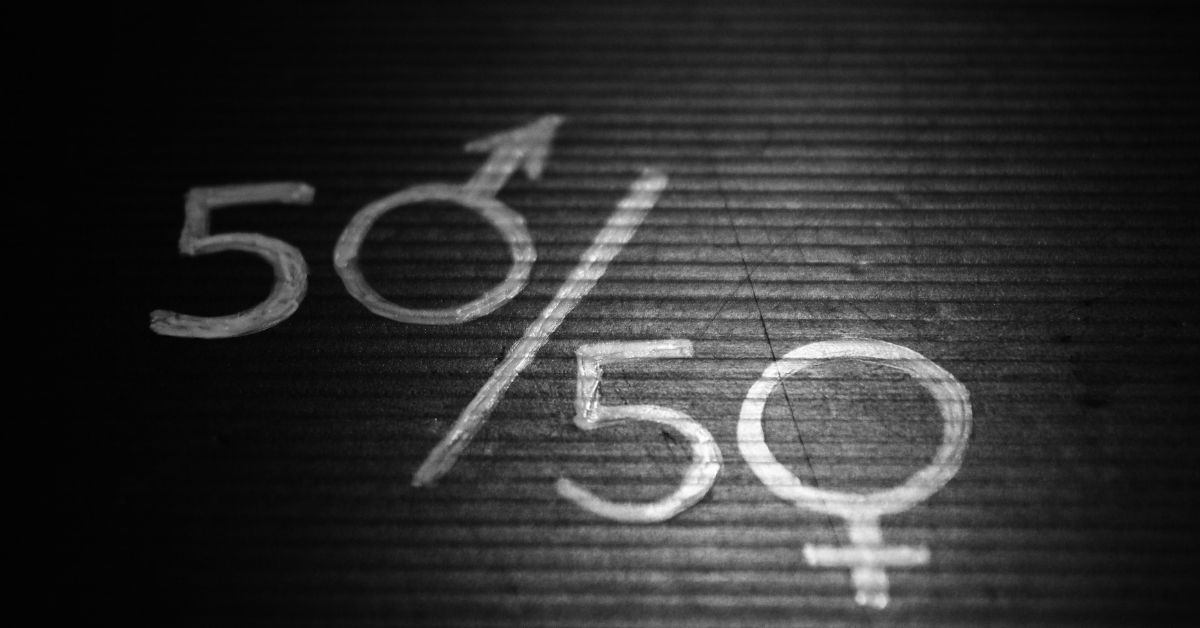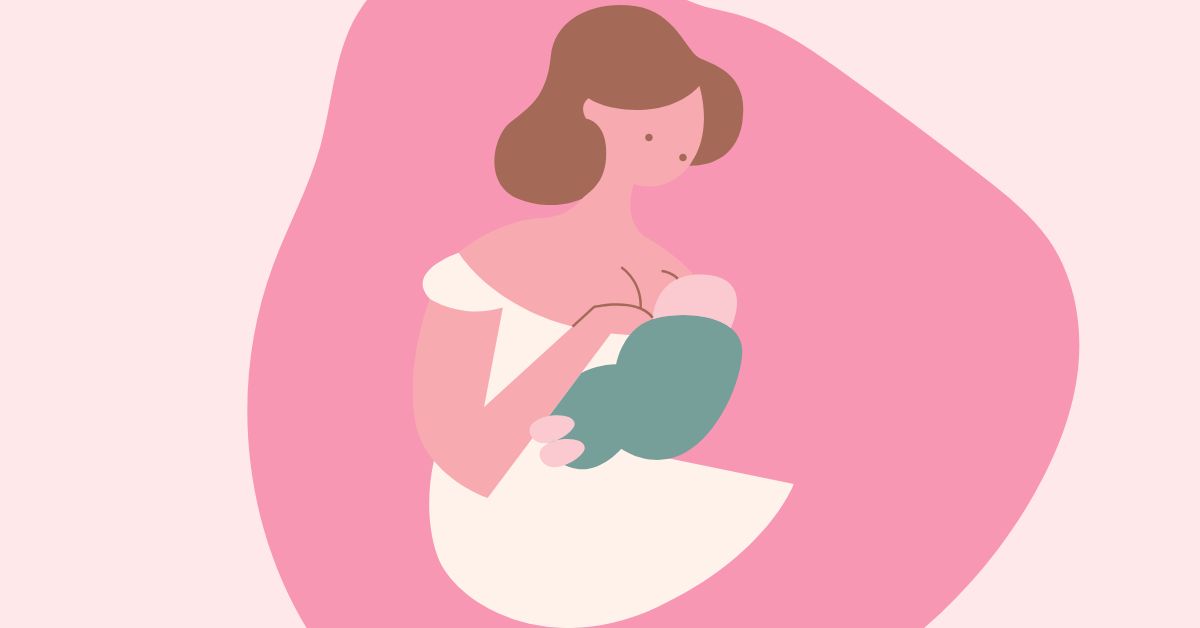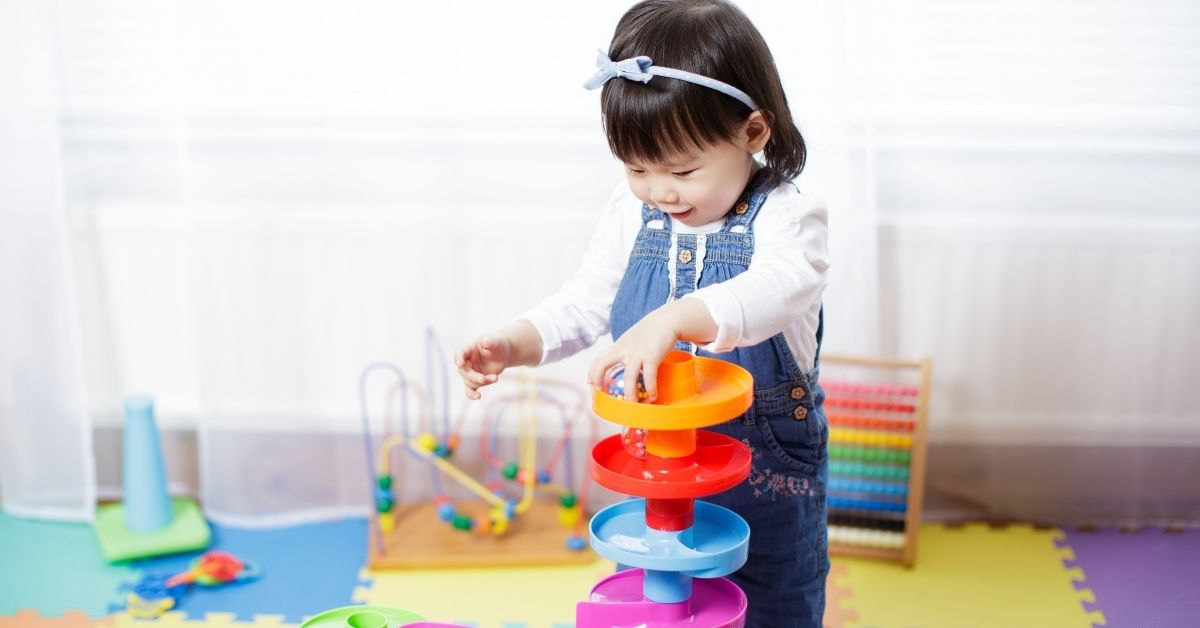INDIA has the third largest military in the world.
In this article:
INDIA has, by far, the largest English Speaking Population in the world.
INDIA gave the world the game of CHESS.
INDIA produces the most engineers in the world.
Despite of all these remarkable facts, the girls of our country are still facing huge barriers to education. We can easily see Gender Inequality in Education in India. Though the literacy rate in women has increased from 25% in 1981 to 62% in 2015 but still the gap is as broad as a barn door.
As per UNESCO (valid across the world)
“Girls are still more likely than boys to never set foot in a classroom, despite the tremendous progress made over the past 20 years.”
Well, there has been a lot of awareness around the globe about women equality and their rights, but the foundation of this issue is very fragile. Literacy is a boulevard to equity in women rights and this begins with the gender equality in education. If every child of our country attends school and attains proper education without discriminating both the sexes, we will be able to bring more balance to our society and reduce the vital issues such as gender gap, divisions and conflicts.
There are certain myths and rituals that have constricted our society from blooming and have made the condition of women more vulnerable. Although our country is making quite an effort in pertaining equality in education, yet there are social norms and rituals that are hindering its complete success. Let us discuss the causes that are deterring the girl education and add to gender inequality in education.
1. Family constraints
There are still many families in rural areas who believe that educating their daughters is a waste of money as ultimately they have to take care of the family and domestic chores.
2. Social constraints
There are many cultural and religious pressure such as child marriage, sexual harassment, violence, low women honour; are contributing in increasing the gap between the sexes.
3. Poverty
This is also a major aspect that is halting the girls of our country from going to school. People with low incomes prefer to educate their boys as they are the ones who can bring more earnings to the family and help them deal with their poverty. Since it is commonly expected, that girls should be married at an early age and will be responsible for their new families.
4. Gender Stereotypes
Many families in both rural and urban areas gives preference to sons over daughters and thus promoted inequality. The sons are told to be brave and not to cry which results them in becoming aggressive whereas girls are taught to be more submissive and adjust. This approach indicated men to be more powerful than women and leads them to feel supreme in society.
5. Female Foeticide
Even after many policies and strictness, this illegal practice is still rampant and many women are being sacrificed to this agony. The absurd belief of Indians in having boy over girl child has ruined the morality of our society, thus giving a boost to the gender inequality.
In spite of several new schemes and policies launched by government for eg: Pragati Scholorship, Mahila Samakhya, National Vision for Girls’ Education, Beti Bachao Beti Padhao etc to encourage and support girl education, we are still lacking behind and girls of our country are suffering. Explore Girls Schools.
India being a developing country is making rapid progresses in several sectors such as technology, science and other fields but still its picture of today is not much appreciated due to such dominant issues.
Lets us Know your opinion in the Comments! Share with Your friends to spread awareness.








